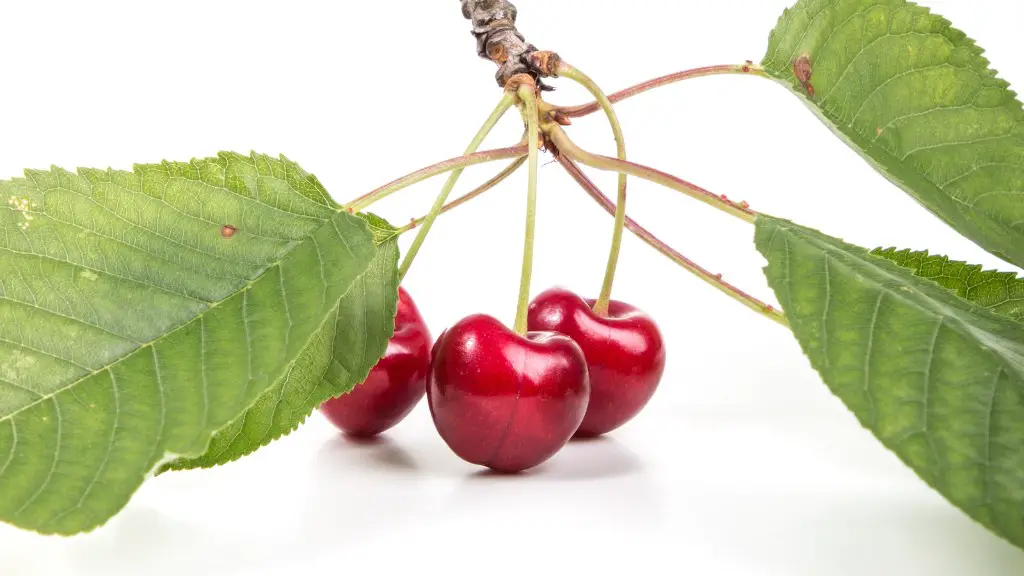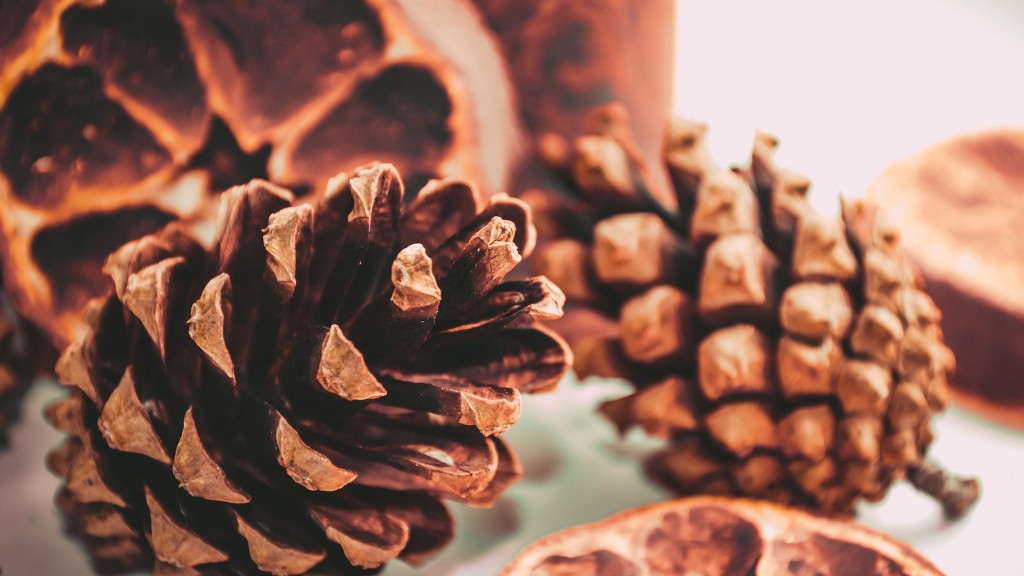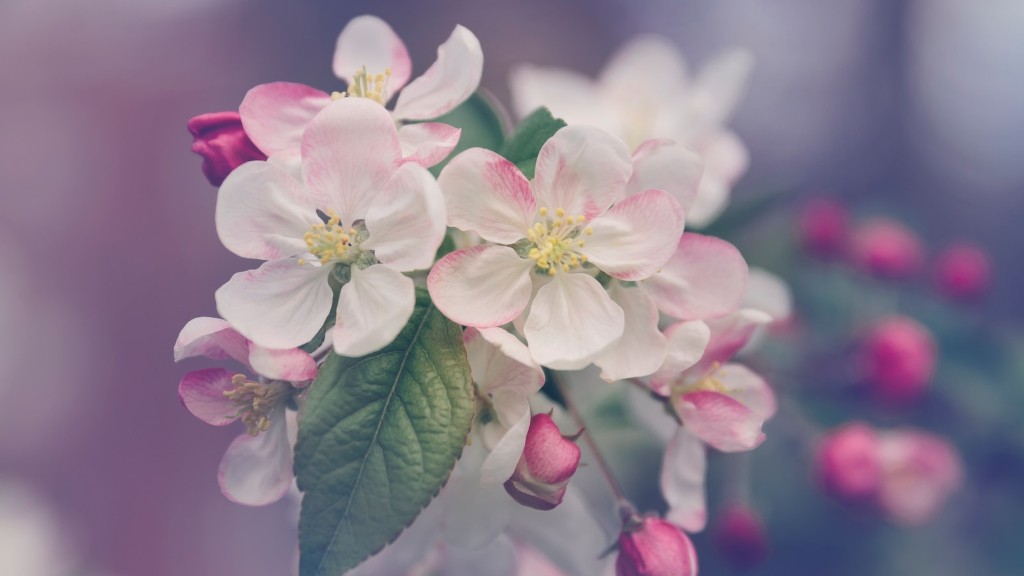Japanese Flowering Cherry
The Japanese flowering cherry, or Prunus serrulata, is a beautiful, magnificent tree that blooms in spring and serves as a symbol of beauty in Japanese culture. In fact, it has become so iconic that it has been chosen as Japan’s national tree. It is admired for its vibrant pink flowers and graceful, curved branches, which create an almost ethereal beauty. The Japanese flowering cherry is a popular choice for cherry blossom festivals, or ‘Hanami,’ which are held throughout Japan each year in the spring.
The Japanese flowering cherry is a deciduous tree that typically grows between 15 and 25 feet tall. Its outer bark is smooth and greenish-grey with a reddish-brown colouring under the bark. It has slender, fibrous lateral roots, and sharp-tipped, pale-coloured twigs. Its leaves are egg-shaped, glossy dark green that turn yellow or bronze in autumn. The flowers have five petals, are bright pink and are clustered in groups of two to three.
The tree can be found in many parts of Japan and is most commonly found in hilly locations. It is also the most popular of the flowering cherry trees and can be cultivated in many other countries, such as England and the United States. If you want to grow a Japanese flowering cherry in your garden, it’s important to know that they require full sun and moist, well-drained soil. They can be quite sensitive to cold winters and need protection from heavy frost. They are slow-growing and can take up to 10 years to reach their full size.
The Japanese flowering cherry is a stunning tree and has been gaining popularity in recent years. It is a favoured choice for gardens and landscaping projects, and its delicate beauty is sure to add a touch of elegance to any outdoor area. Its iconic beauty makes it an ideal choice for those wanting to create a beautiful, tranquil space in the garden.
The cherry blossom is often seen as a symbol of beauty, transience, and renewal in Japanese culture. It is seen as an opportunity to enjoy the delicate beauty of life, and is also a reminder of how quickly things can disappear.
Akebono Flowering Cherry
Another popular cherry tree that looks like a cherry blossom is the Akebono flowering cherry, or Prunus x yedoensis. It is native to Japan and is often referred to as the Japanese flowering cherry. The Akebono is a robust, upright tree that typically grows between 15 and 20 feet tall. It has an erect, rounded crown and dense green foliage. The bark is smooth and scaly, and the branches are shallowly grooved. Its leaves are egg-shaped, glossy dark green, with serrated margins.
The Akebono’s most striking feature is its clusters of deep pink flowers, which are each made up of five petals. They have a sweet, almond-like fragrance and appear in late winter to early spring. Its seed capsules are leathery and red when young, turning brown as they mature. The Akebono flowering cherry is a popular choice for gardens and landscapes, as it creates a stunning display of spring colour.
The Akebono flowering cherry is fairly resilient and can grow in a wide range of soil types. It prefers full sun and moist, well-drained soil, although it can tolerate some shade. It can be quite sensitive to cold winters, so it is important to provide some protection during the winter months. It is a slow-growing tree and can take up to 10 years to reach its full size. It is relatively low-maintenance and requires minimal pruning in order to keep it in shape.
The Akebono flowering cherry is a beautiful and majestic tree and is renowned for its spectacular spring display. Its beautiful flowers make it an ideal choice for those wanting to create a tranquil, peaceful space in their garden.
Kwanzan Flowering Cherry
The Kwanzan flowering cherry, or Prunus x yedoensis, is a stunning and majestic cherry tree that looks like a cherry blossom. It is a fast-growing tree that typically grows between 15 and 25 feet tall, with an open, spreading crown. Its bark is brownish-grey and its branches are a reddish-brown colour. Its leaves are glossy dark green, elliptical in shape, with serrated edges.
The Kwanzan blooms in late spring to early summer and its flowers are a stunning deep pink colour. They have a delicate fragrance and are clustered in groups of three to five. Its seed capsules are small, round, and dark brown in colour. The Kwanzan flowering cherry is tolerant of many types of soil, but prefers moist, well-drained soil. It also prefers full sun but can tolerate some shade.
The Kwanzan flowering cherry is a striking tree and is sought after for its spectacular bloom. Its vibrant flowers make it an eye-catching addition to any garden, and its graceful form adds a touch of elegance to any outdoor space. Its fast growth rate makes it a popular choice for those wanting to quickly create a beautiful landscape.
The Kwanzan flowering cherry is a stunning tree and its iconic beauty has made it a favoured choice for cherry blossom festivals, or ‘Hanami’, throughout Japan. Its delicate beauty makes it an ideal choice for those wanting to create a tranquil, peaceful garden.
Yoshino Flowering Cherry
The last of the cherry trees that looks like a cherry blossom is the Yoshino flowering cherry, or Prunus x yedoensis. It is a deciduous tree that typically grows between 15 and 25 feet tall, with an erect, open crown. Its bark is green-grey and its twigs are reddish-brown and lightly hairy. Its leaves are dark green and oval in shape, with razor-sharp margins.
The Yoshino blooms in late-winter to early-spring and its flowers are a delicate pink colour. They have a sweet, almond-like scent and are clustered in groups of three to five. Its seed capsules are small and brown in colour. The Yoshino flowering cherry is tolerant of many types of soil, but prefers moisture and well-drained soil. It also thrives in full sun but can tolerate some shade.
The Yoshino flowering cherry is a breathtaking tree that is sure to make a statement in any garden. Its exceptional beauty makes it a popular choice for Japanese cherry blossom festivals, or ‘Hanami,’ which are held throughout the country each year. Its graceful form and stunning blooms make it an ideal choice for those looking to create a tranquil, peaceful garden.
Different Varieties of Cherry Blossom Trees
Cherry blossom trees are beautiful and iconic trees, and there are many different varieties to choose from. While the most commonly seen cherry blossom tree is the Japanese flowering cherry, there are several other varieties that look like cherry blossoms, such as the Akebono, Kwanzan, and Yoshino flowering cherries. Each of these varieties has its own unique look and characteristics, so it’s important to choose the right cherry blossom tree for your garden.
When choosing a cherry blossom tree, it’s important to consider the location and the amount of sunlight it will receive. For example, some varieties prefer full sun while others prefer partial shade. It’s also important to choose a variety that will thrive in your local climate, as some varieties can be sensitive to cold temperatures. Additionally, it’s important to choose a variety that will not outgrow its allotted space, as some varieties can grow quite large.
When planting a cherry blossom tree, it’s important to dig a hole at least twice the size of the root ball and mix in compost or other organic material to ensure good drainage. It’s also important to water it regularly, as cherry blossom trees can be quite sensitive to dry conditions. Lastly, it’s important to prune the tree regularly to ensure a strong and healthy structure.
Caring for a Cherry Blossom Tree
Caring for a cherry blossom tree is a relatively simple task, but there are a few things to remember. It is important to water the tree regularly, as it is sensitive to dry conditions. The tree should also be pruned at least once a year to promote strong and healthy growth. It is also a good idea to fertilise the tree in the spring to ensure it has enough nutrients to produce the abundant blooms that make it so popular.
If you are in a colder climate, it is important to protect your cherry blossom tree from the cold winters. It is best to use a layer of mulch over the roots, as this will help keep the soil warm and protect the tree from frost damage. Additionally, it is important to consider the tree’s location, as some varieties can be sensitive to cold temperatures and can suffer damage if planted in an exposed spot.
It is also important to watch out for pests and diseases. Aphids can cause significant damage to cherry blossom trees, and it is important to take proactive measures to prevent infestations. Additionally, it is important to watch out for diseases such as leaf spots, cankers and powdery mildew. If you notice any signs of disease, it is important to take action quickly to prevent further damage.
The Beauty of a Cherry Blossom Tree
Cherry blossom trees are a popular choice for gardens and landscapes, due to their iconic beauty. They are known for their delicate pink blooms, which provide a contrast to the other plants and create a tranquil, peaceful atmosphere. They are also known for their graceful form, which adds a touch of elegance to any outdoor space.
Cherry blossom trees are a popular choice for cherry blossom festivals, or ‘Hanami’, which are held throughout Japan each year in the spring. The festivals are a chance to appreciate the delicate beauty of the cherry blossom, and also a reminder of how quickly things can disappear. The beauty of the cherry blossom tree is sure to bring joy and peace to any garden.
Symbolism of the Cherry Blossom Tree
The cherry blossom tree has been a symbol of beauty, transience, and renewal in Japanese culture. It is seen as an opportunity to enjoy the delicate beauty of life, and it is also a reminder of how quickly things can disappear. The cherry blossom tree is a reminder to appreciate the beauty and fragility of life, and to enjoy the moment.
The cherry blossom tree can also be seen as a symbol of hope and renewal. Its delicate pink flowers remind us that although things may be difficult, there is always hope. The brief display of cherry blossoms can be seen as a reminder to remain strong, as things will eventually get better.
The symbolism of the cherry blossom tree has been a part of Japanese culture for centuries, and its beauty and grace has become part of the national identity. The cherry blossom tree is a reminder of the fragility of life, and its beauty is a source of comfort and peace.
Conclusion
Cherry blossom trees are beautiful and iconic trees and are sure to add a touch of elegance to any garden. There are several different varieties to choose from, and it’s important to consider the location and the amount of sunlight it will receive when selecting the right cherry blossom tree for your garden. Additionally, it’s important to care for the tree properly, by watering and pruning regularly, and protecting it from cold temperatures if necessary. The cherry blossom tree is a symbol of beauty, transience, and renewal in Japanese culture and its beauty is sure to bring joy and peace to any garden.





